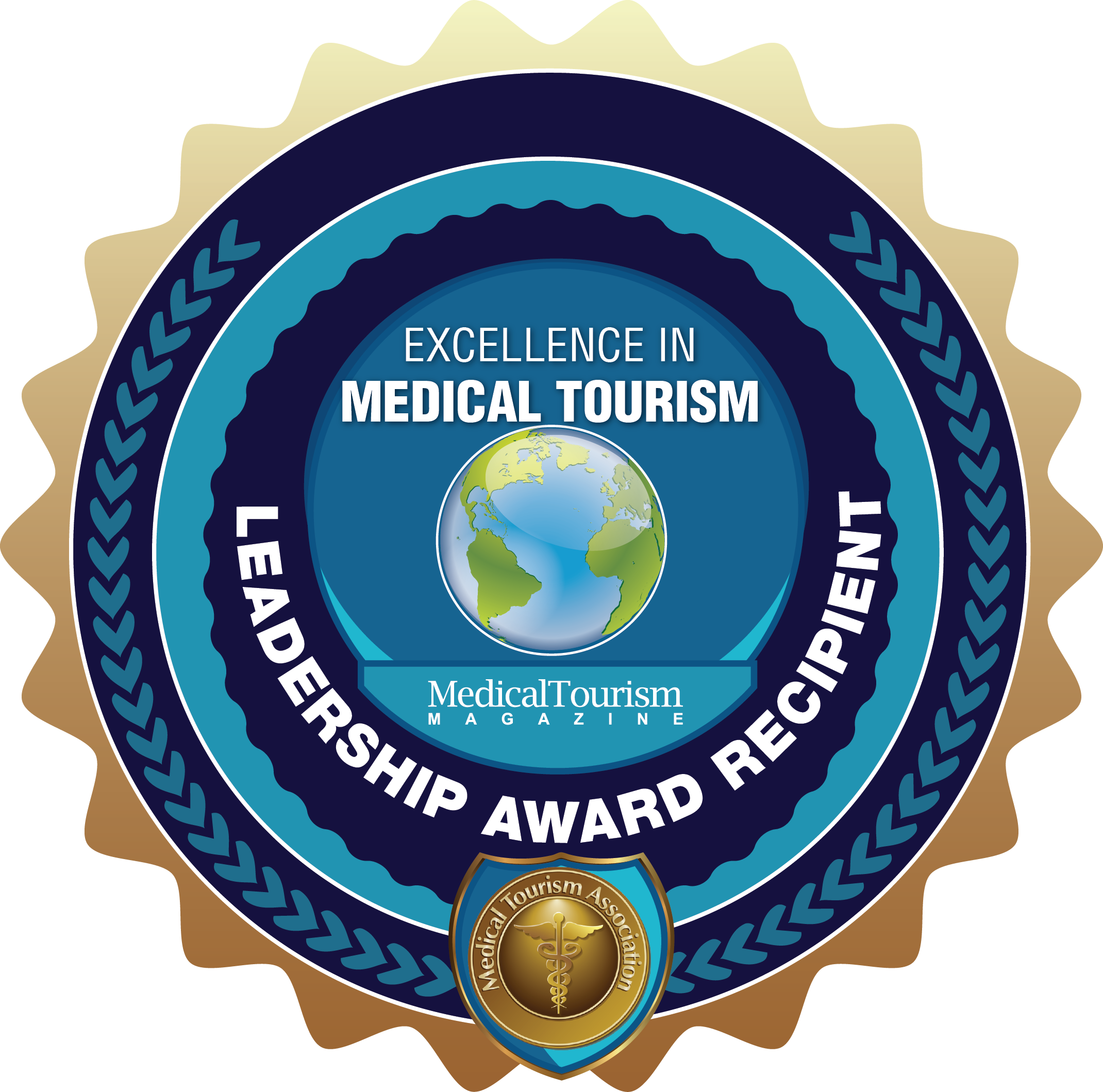- admin123
- 0 Comments
It is projected that the number of hip and knee replacements will increase by an astonishing 300% over the next 10 years, largely due to the aging population of baby boomers. This surge in demand for joint replacements is a result of the aging process and the higher prevalence of conditions such as osteoarthritis, which often necessitate surgical intervention.
Baby Boomers Aging
As the baby boomer generation continues to age, the number of individuals seeking hip and knee replacements is expected to rise significantly. This trend can be attributed to several factors, including longer life expectancies, increased awareness and accessibility to joint replacement surgeries, and advancements in medical technology and surgical techniques.
Hip and knee replacements have proven to be highly effective in alleviating pain, improving mobility, and enhancing the overall quality of life for individuals with severe joint conditions. These procedures involve replacing damaged or deteriorated joints with artificial implants, allowing patients to regain functionality and return to their daily activities.
To meet the rising demand, healthcare providers and facilities are continuously expanding their capacity and refining their techniques to ensure timely and efficient joint replacement surgeries. The medical community is also focused on enhancing post-operative care and rehabilitation programs to optimize patient outcomes and speed up recovery times.


It is important to note that while the projected increase in hip and knee replacements is substantial, it also highlights the need for proactive measures to promote joint health and prevent the need for surgical intervention. Strategies such as maintaining a healthy lifestyle, engaging in regular exercise, managing weight, and seeking early treatment for joint conditions can help individuals delay or potentially avoid the need for joint replacement surgeries.
The projected rise in hip and knee replacements underscores the importance of healthcare planning and resource allocation to accommodate the growing demand for these procedures. Efforts are being made to ensure that healthcare systems can effectively address the needs of the aging population and provide timely access to joint replacement surgeries for those who require them.
Overall, the increasing demand for hip and knee replacements serves as a reminder of the importance of maintaining joint health, staying proactive in managing joint conditions, and the ongoing need for advancements in medical technology and surgical practices to meet the evolving needs of the aging population.
Medical tourism can be an effective alternative for long wait times as orthopedic surgeries rise
As the demand for orthopedic surgeries continues to rise, long wait times for these procedures can be a significant concern for patients seeking timely treatment. In such cases, medical tourism can serve as an effective alternative to mitigate the impact of long wait times and provide patients with quicker access to orthopedic surgeries.
Medical tourism allows individuals to seek medical treatment, including orthopedic surgeries, in countries with shorter wait times and more readily available healthcare resources. By traveling to destinations known for their efficient healthcare systems and specialized orthopedic facilities, patients can often receive timely surgical interventions and reduce their waiting periods significantly.
One of the primary advantages of medical tourism for orthopedic surgeries is the ability to access high-quality care while avoiding lengthy wait times. Many countries popular for medical tourism, such as Mexico, Costa Rica, Panama, and Colombia, have developed renowned medical facilities that specialize in orthopedic procedures. These facilities often have state-of-the-art, JCI Accredited infrastructure, experienced surgeons, and streamlined processes designed to minimize waiting times.
Additionally, medical tourism allows patients to choose from a broader range of options when it comes to healthcare providers and treatment approaches. It is important to select reputable hospitals or clinics known for their expertise in orthopedic surgeries, ensuring that they receive the best possible care for their specific needs.
Choosing a reputable medical tourism facilitator, such as Passport Medical International, can further enhance the experience and provide valuable guidance throughout the process. These companies have the knowledge and resources to connect patients with trusted healthcare providers, handle travel arrangements, and provide support before, during, and after the surgery.
In conclusion, as the demand for orthopedic surgeries rises and wait times become a concern, medical tourism can offer an effective solution by providing timely access to specialized care. By exploring medical tourism options and working with reputable facilitators, patients can undergo orthopedic surgeries in a more efficient and timely manner, ultimately improving their quality of life and reducing the impact of long wait times.








